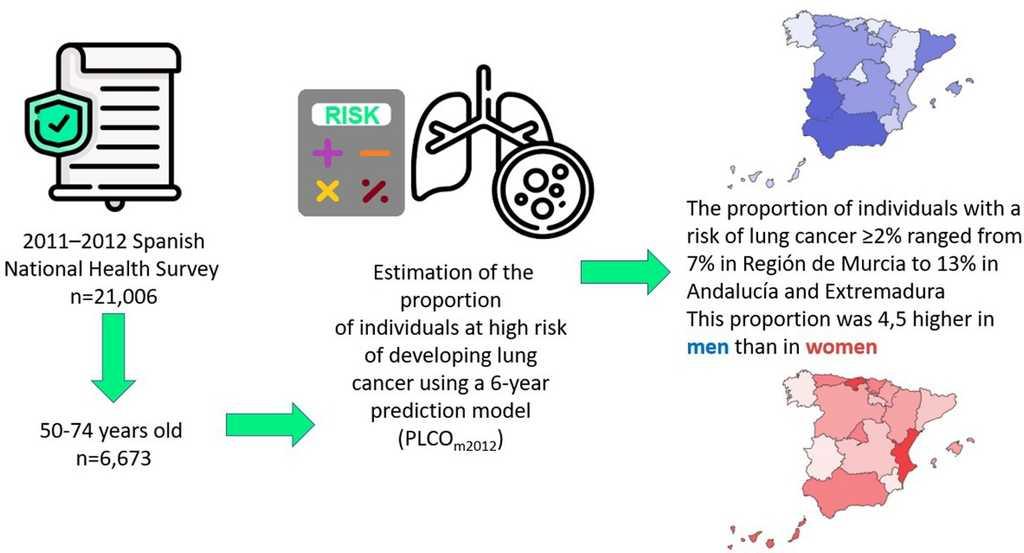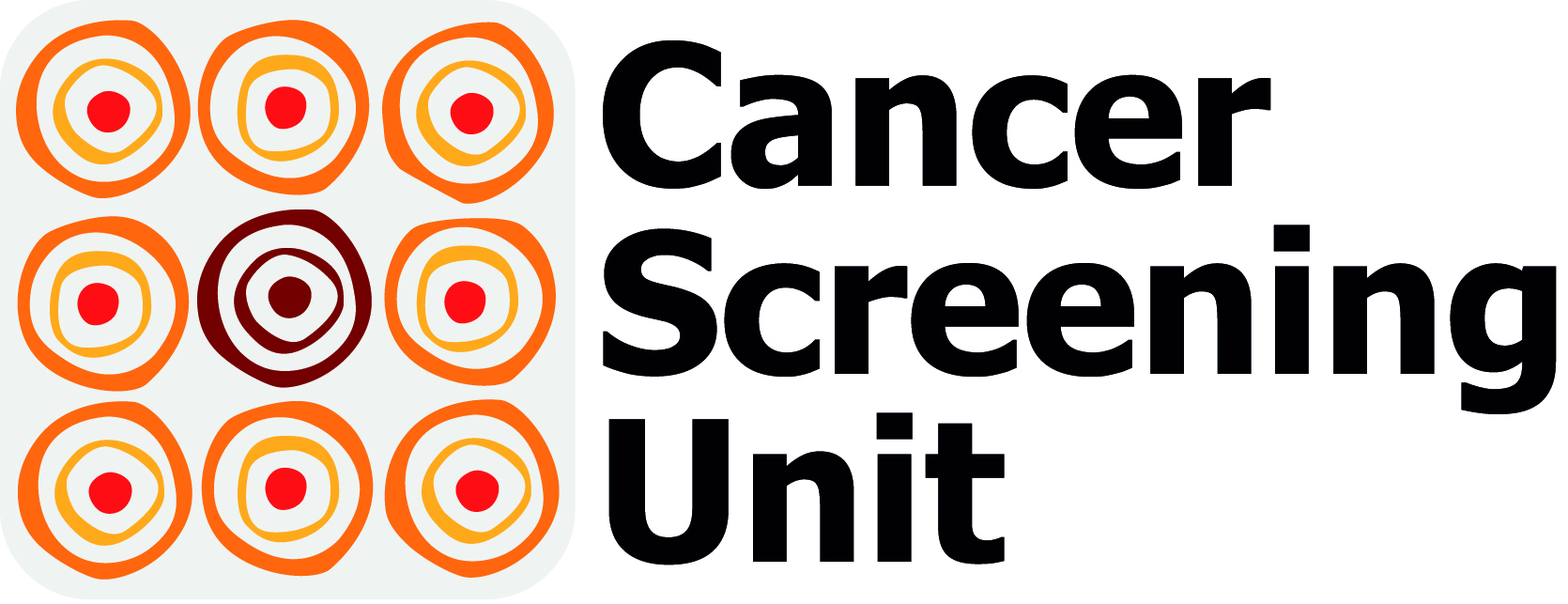Population at risk of developing lung cancer by Autonomous Community
A study led by the UCC has estimated the number of individuals at high risk of developing lung cancer in the different Spanish autonomous communities using a prediction model and selecting individuals with a 6-year risk of ≥2%.
The main variable of the risk model is tobacco consumption calculated in pack-years. This measure takes into account the duration and intensity of consumption. Smokers over 30 pack-years and former smokers who quit smoking 15 or fewer years ago, aged between 50 and 74 years, would have a higher risk of developing lung cancer. The model incorporates variables other than age and tobacco consumption, such as body mass index and history of chronic obstructive pulmonary disease.
It has been estimated that 9.5% of individuals aged 50 to 74 years (N=1,341,483) have a risk of developing lung cancer ≥2% in 6 years in Spain. This proportion ranges from 6.6% in the Region of Murcia, 12.7% in Andalusia and 13.0% in Extremadura. These people could benefit from lung cancer screening with low-dose computed tomography because it has been shown to reduce lung cancer mortality in two large clinical trials. However, we are still far from implementing a program for early detection of lung cancer in this population because it is necessary to carry out economic and technical feasibility studies, especially related to the implementation of screening and the management of positive results.






No Comment